The October edition of DOUBLE FEATURE presents Julie Born Schwartz’s “The Invisible Voice”.
In the beginning there is nothing but words: “You are there, but you make sure nobody notices you … but you are there.” Spoken into the faint black of the image, rendered discernible by barely less pale subtitles, which stand out only slightly from the black background. Then the music begins: Glockenspiel and double bass, harmonious and softly played – eventually plucked strings join in, a piano plays a somnambulistic melody.
The first moments of “The Invisible Voice” by Julie Born Schwartz (born 1981) lead the observer into a secretive, shadowy world. The images that are blended in so carefully reveal close-ups of rooms, detailed shots of mechanical technology, animal fur and finally: a script. The subtitled Danish-speaking voice off-screen ultimately clarifies for us where exactly we are: At the theater.
The fallibility of the individual
The work lasts a good 13 minutes, drawing the observer into the world of the invisible voice, the prompter. Describing his or her task as simply involving whispering the text when an actor forgets the lines falls a little short. According to “The Invisible Voice”, the actual work of the prompter consists much more of making sure that the delicate band of illusion that theater or opera creates is not broken. Thus it becomes clear what drives the prompter’s work: It is human failure, the fallibility of the individual. The prompter in “The Invisible Voice” then also makes it clear how sensitive she must be in accurately discerning whether an actor is pausing simply for effect or rather has forgotten the lines. It is only logical, therefore, that prompters often have acting experience themselves.
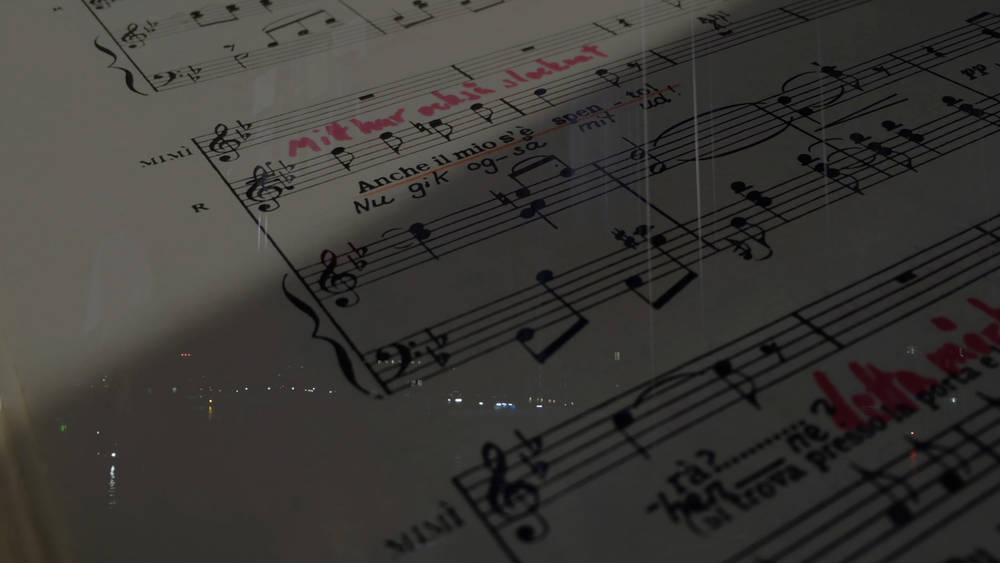
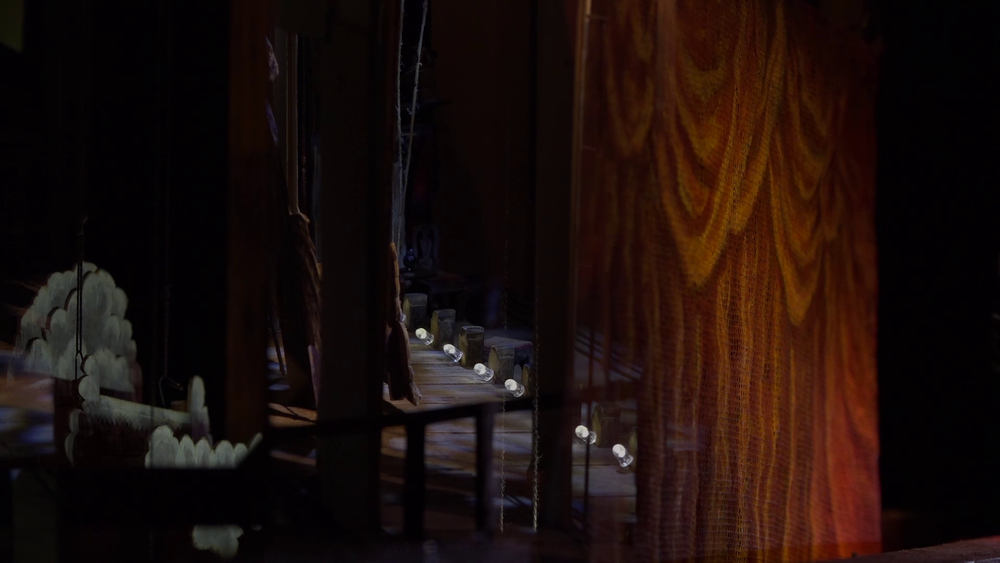
Schwartz’s work gives no face to the invisible voice, which is otherwise not supposed to be heard by everyone, but nevertheless places it in the center while the pictorial level sets the scene for the prompter’s dark work environment. Only once does the camera show the second most important working tool of the hidden protagonist: The hand, which pens notes on the script in tiny handwriting and subsequently its corrector, a buzzing Tippex pen with which the hand’s own writing errors are erased. The mix of sound and image melts into a lyrical quasi-documentary that takes a look behind the scenes of the hallowed theaters and opera houses without violating the no-pictures principle, and shows the earnest devotion of those secret colleagues in such institutions, whose profession stands on the brink of forced economization.
Opera singer jogging in the park
In previous works too, Julie Born Schwarz has frequently been inspired by theater or film work and for a short time worked as a prompter herself. In “Love has no reason” (2014) she draws on a defining experience at a New York acting course with Danish film director Per Brahe, which she attended in 2004. Almost ten years later she sought out the director and his theater masks once again and created the piece that was to be the first moving-image work acquired for the Royal Academy’s collection in London: “Fly me to the moon” (2011), which focuses on a former opera singer whom Schwartz met by chance whilst jogging in the park.
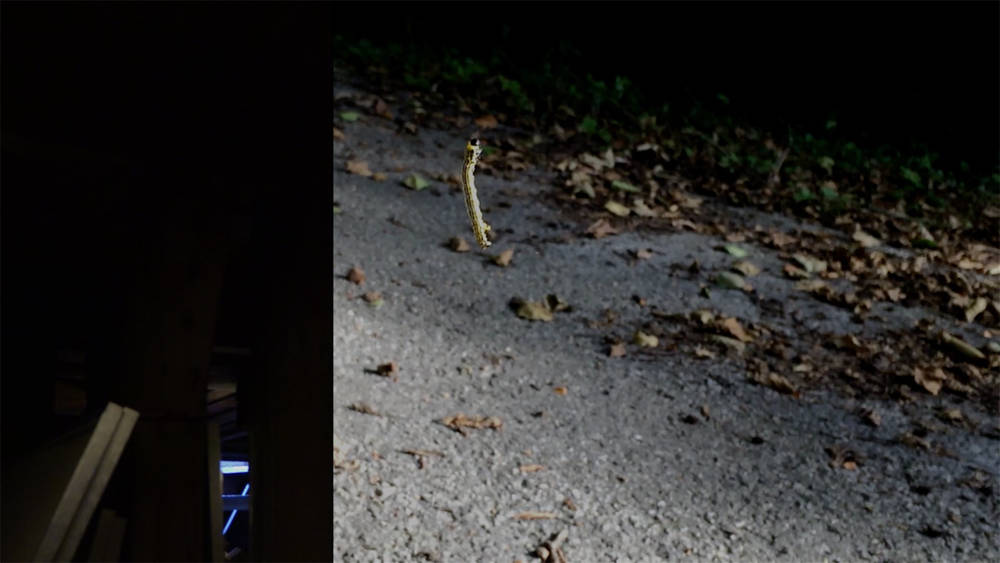

Julie Born Schwartz, LOVE HAS NO REASON, 2014, Image via juliebornschwartz.com
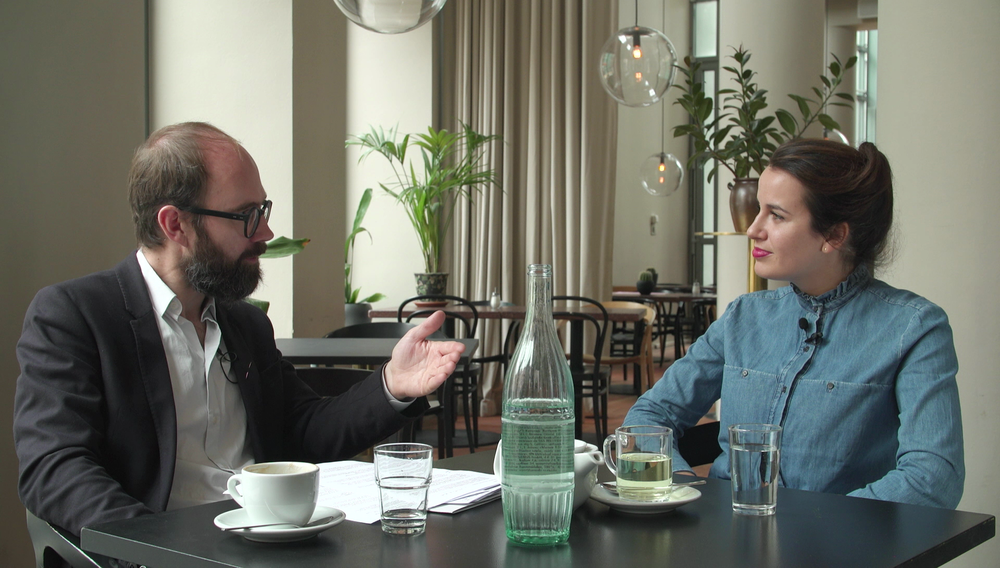
“The Wild Blue Yonder”, which will be shown in the second part of the evening, is a science fiction film released in 2005, or as the subtitle would have it: A sci-fi fantasy by Werner Herzog. A genre film by this brilliant maverick is not, of course, one that follows the rules of the genre in the classic sense. Hence “The Wild Blue Yonder” also takes the form of a documentary that tells the story of the space expedition of a small group of astronauts hunting for a suitable habitat for the earth’s population. The narrator is a nameless extraterrestrial (Brad Dourif), who comes from the very planet on which the expedition will eventually land.
The extraterrestrial storyteller
In “The Wild Blue Yonder” Herzog used previously unpublished film material from a NASA space shuttle mission, interweaving it with underwater shots from the Antarctic, various interview snippets and other archive recordings that put the extraterrestrial storyteller in a new context – a technique Herzog had put to similar use previously in his film “Lessons in Darkness”. During the documentary recordings, which last several minutes, the extraterrestrial reveals his secret knowledge repeatedly in sometimes esoterically charged, sometimes grotesque-comic comments – hence, for example, the astronauts can be seen carrying out an eye test in the space shuttle, whilst the narrator tells us about newly discovered possibilities for reading thoughts – and thus he progresses with the story of the astronauts’ expedition.

The underwater worlds in "The Wild Blue Yonder", Image via youtube.com
Herzog makes use of the documentary footage particularly in the final part of the film in which the storyteller recedes ever more into the background, as the meditative music of Dutch musician Ernst Reijseger plays. Here Sardinian male-voice choirs sing along to expressive-spherical cello sounds in ecstasy, and at some point these soundscapes are unexpectedly interwoven with the images to create a touching, poetic-esoteric conglomerate. It is only logical that Herzog thanks NASA in the credits “for its sense of poetry”. The sense of poetry is something that can undoubtedly be found in the use of editing, music, image and voiceover in the works of both Julie Born Schwartz and Werner Herzog.
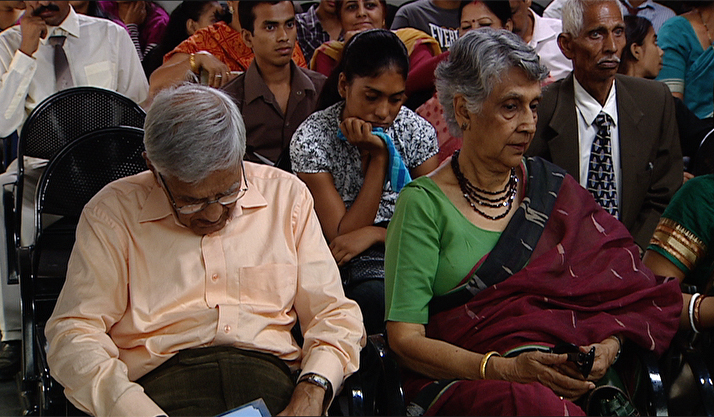
At the mercy of waiting
Artist Bani Abidi is dedicated to the dark absurdities of everyday life. In her video work "The Distance from Here" bureaucracy takes over and waiting...
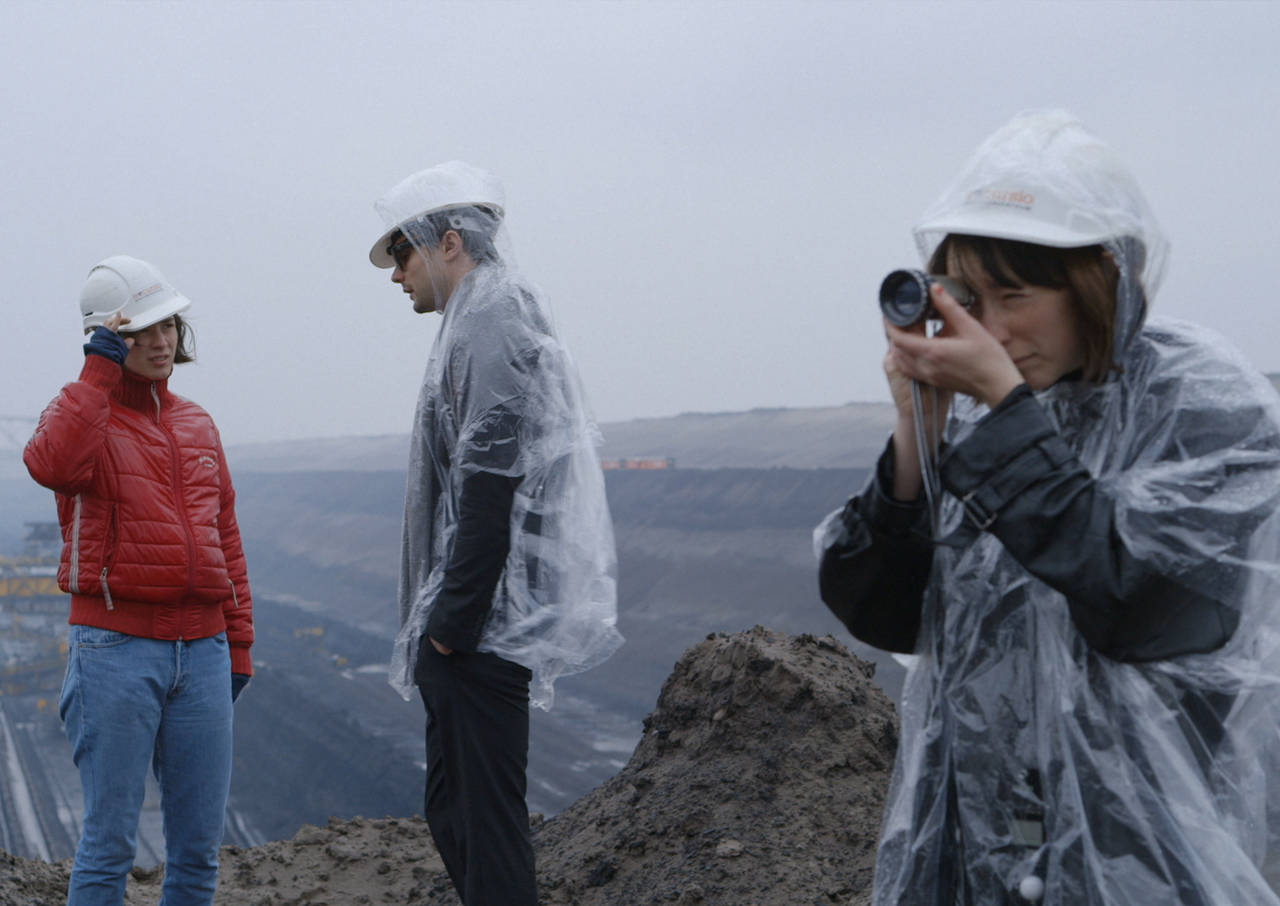
“Please don’t make a film about Godard!”
A film about filmmaking sounds a bit meta. But Kristina Kilian’s video work takes us on a ghostly journey through Godard’s Germany after the fall of...
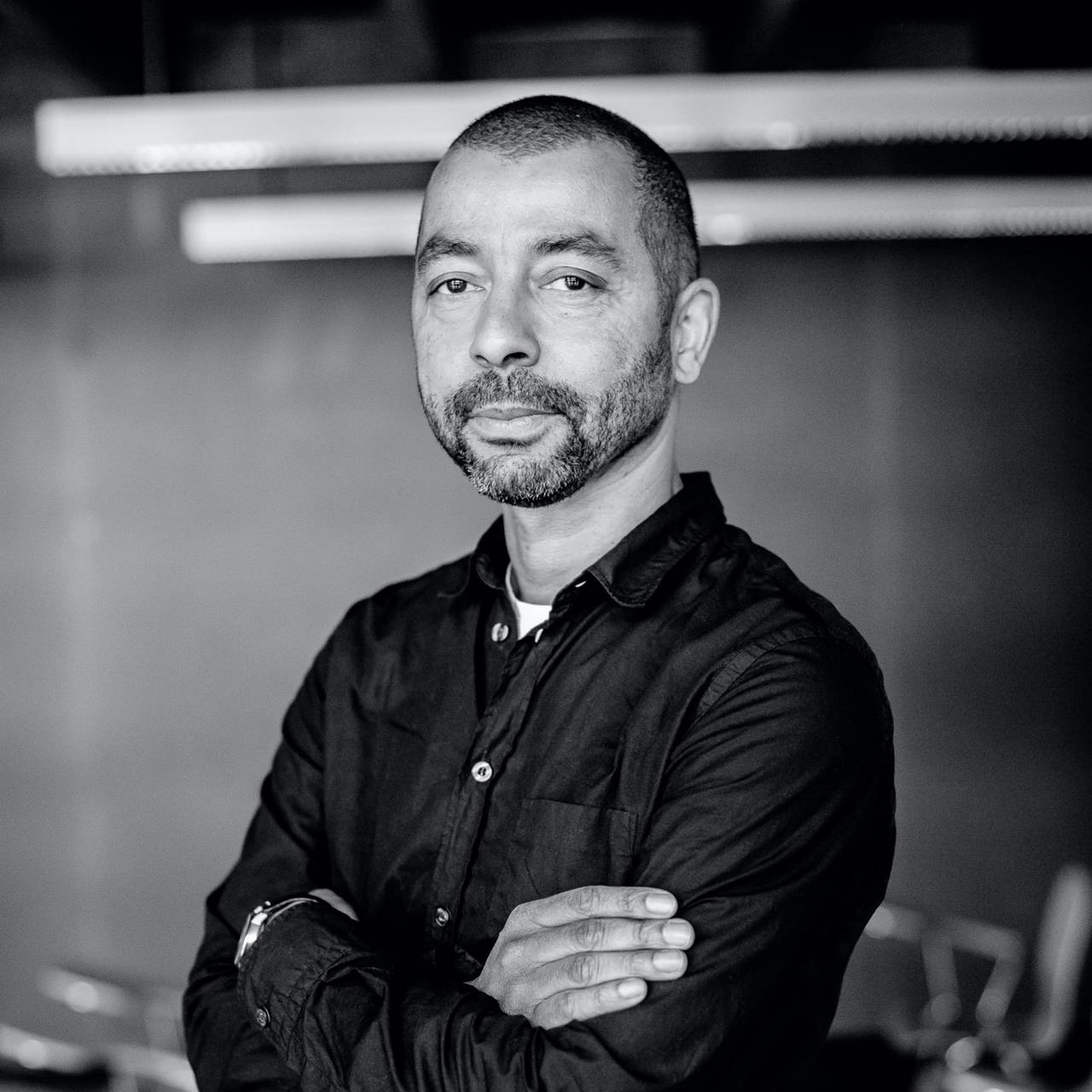
Black is not a Color
In a film series, Oliver Hardt combines the themes from Kara Walker’s work with the perspectives of Black people in Germany. In conversation with...
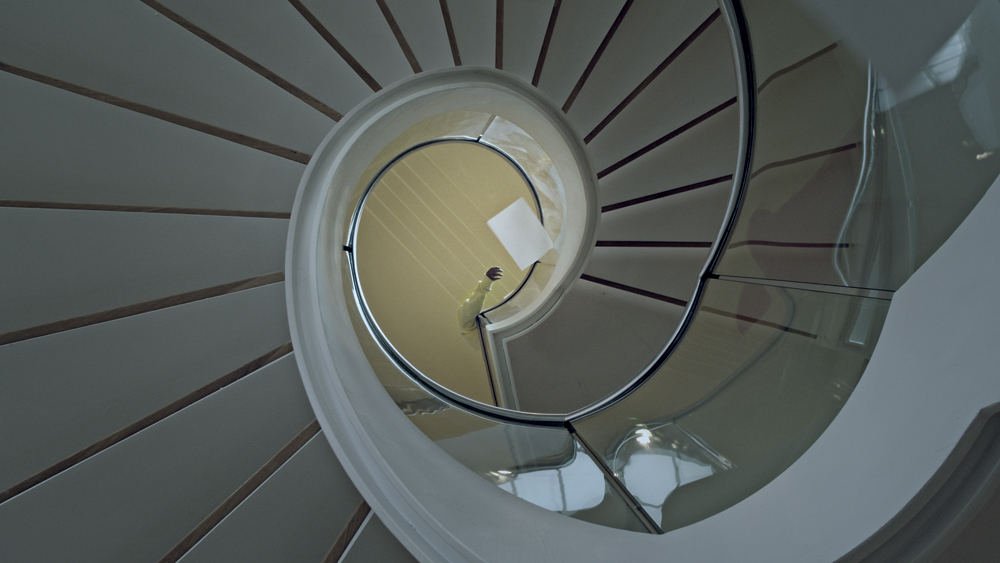
How do we Remember?
In which places does history become visible? And what do we remember at all? Maya Schweizer begins her search for clues in the sewers and slowly feels...
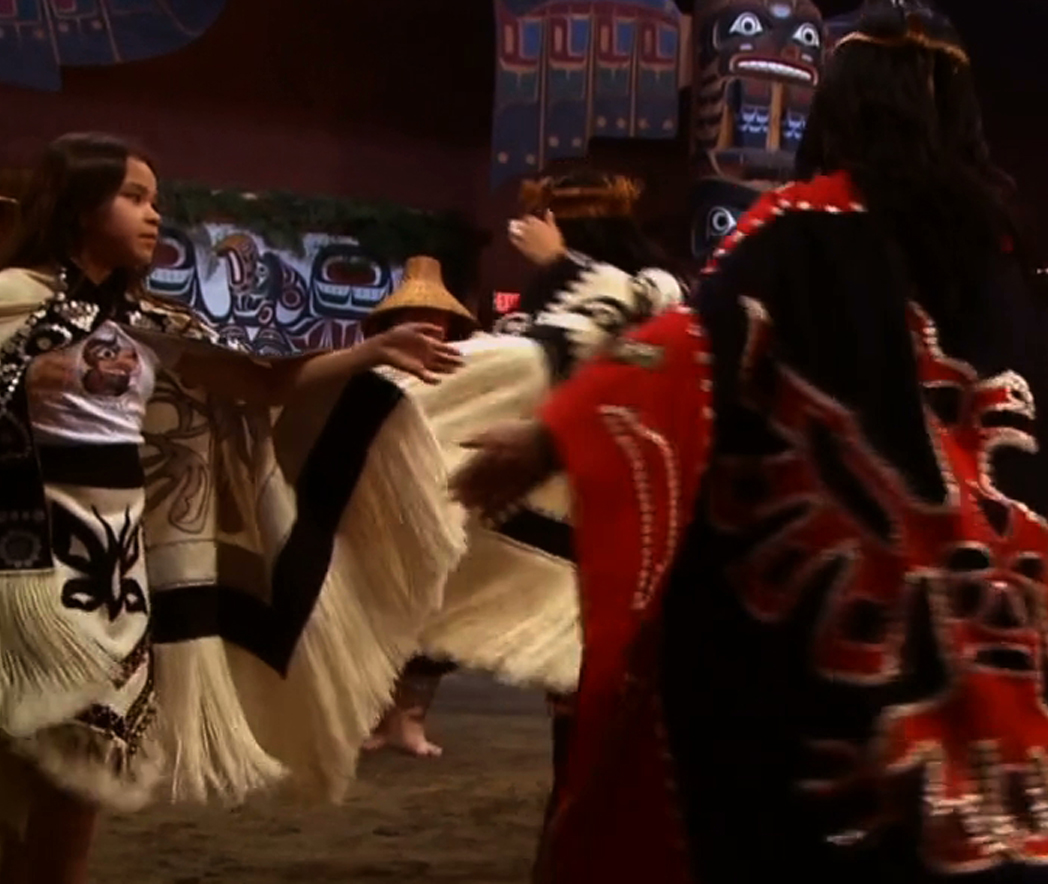
Film highlights from South and North America
How can we break with the power relations of the past and create a decolonial future? A look at the representation of Indigenous women in film.
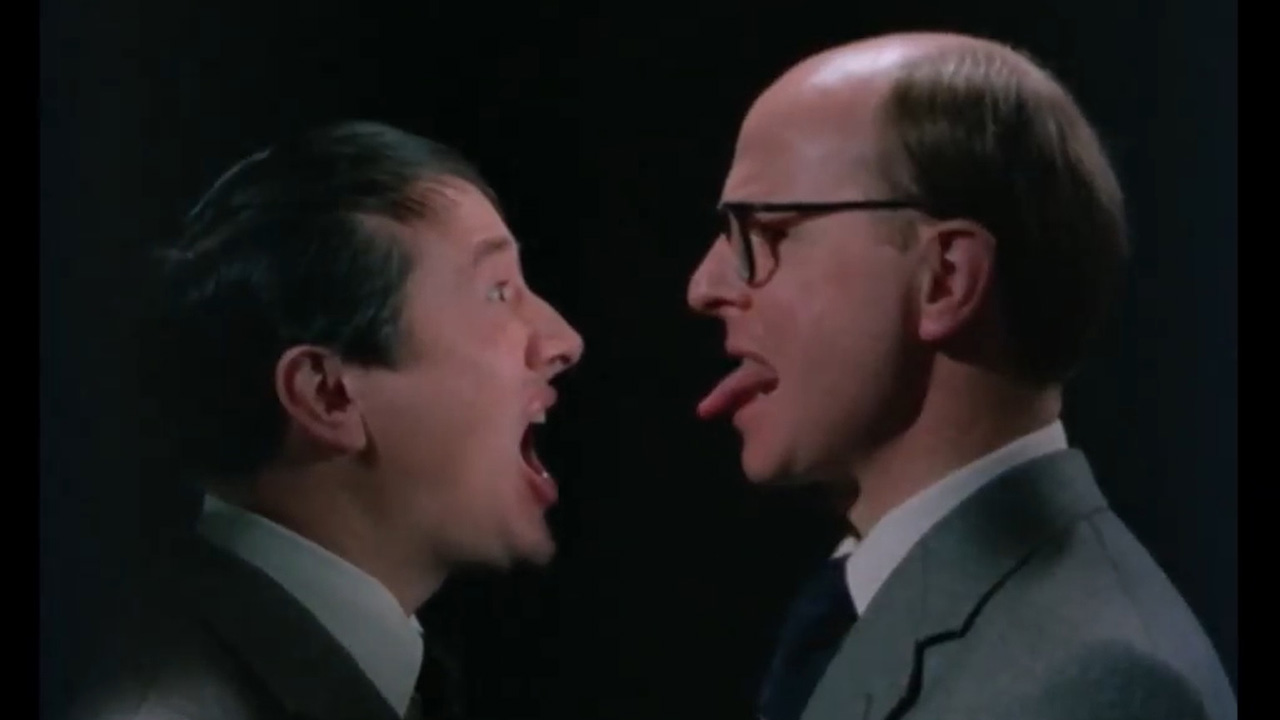
Must See: The World of Gilbert & George
Eccentric, fascinating, repulsive, entertaining and full of symbols: “The World of Gilbert & George” is a collage about the artifice of everyday life...